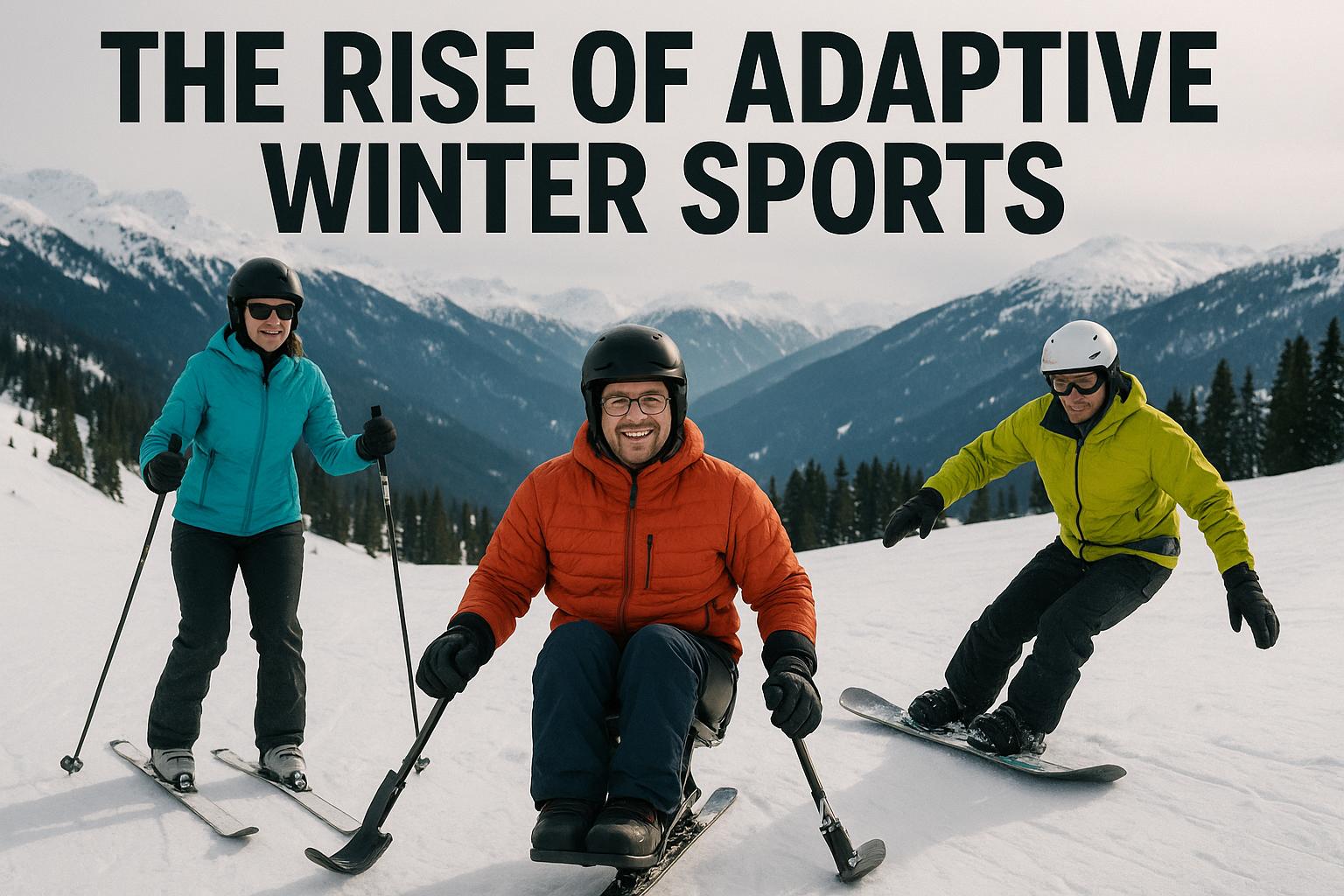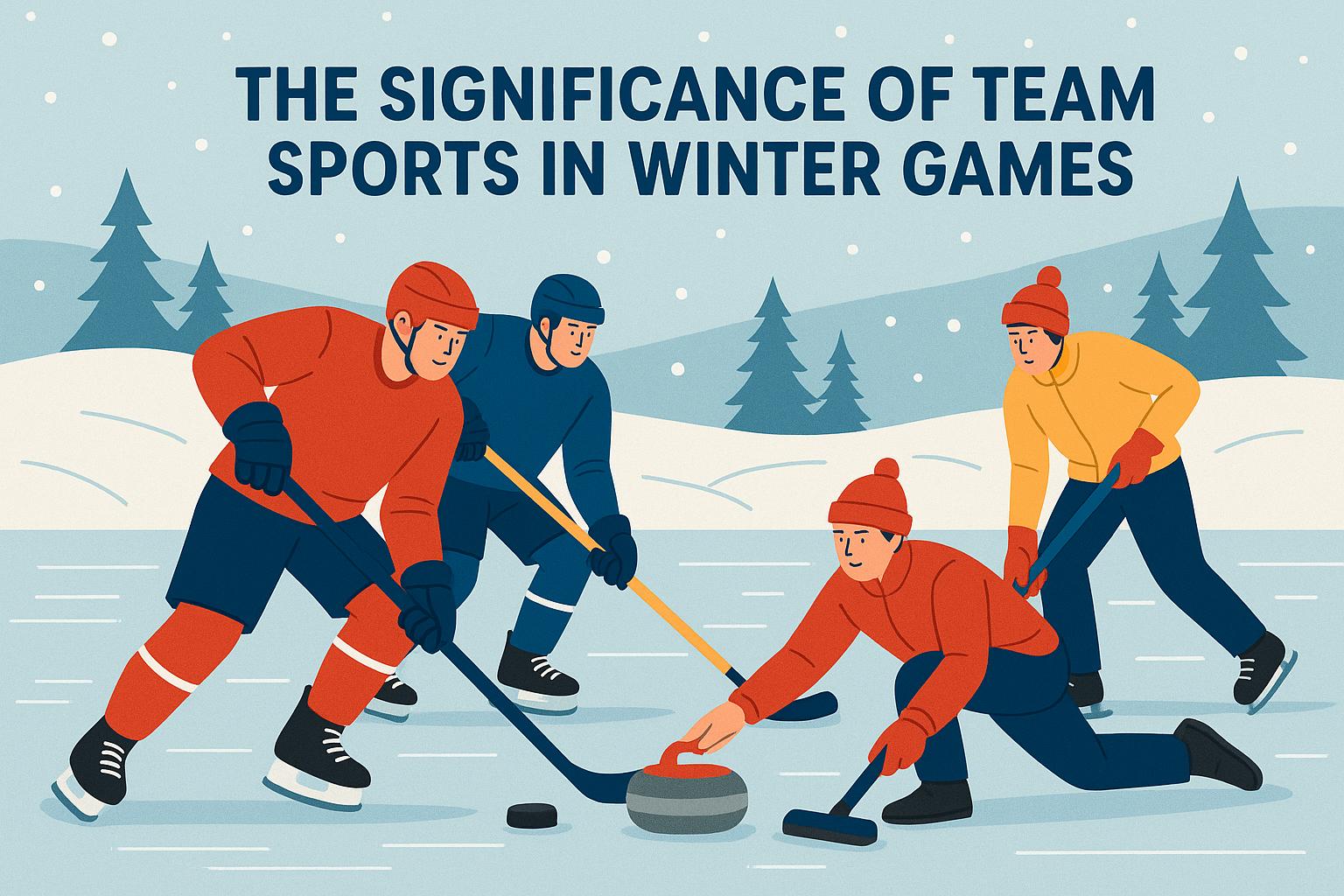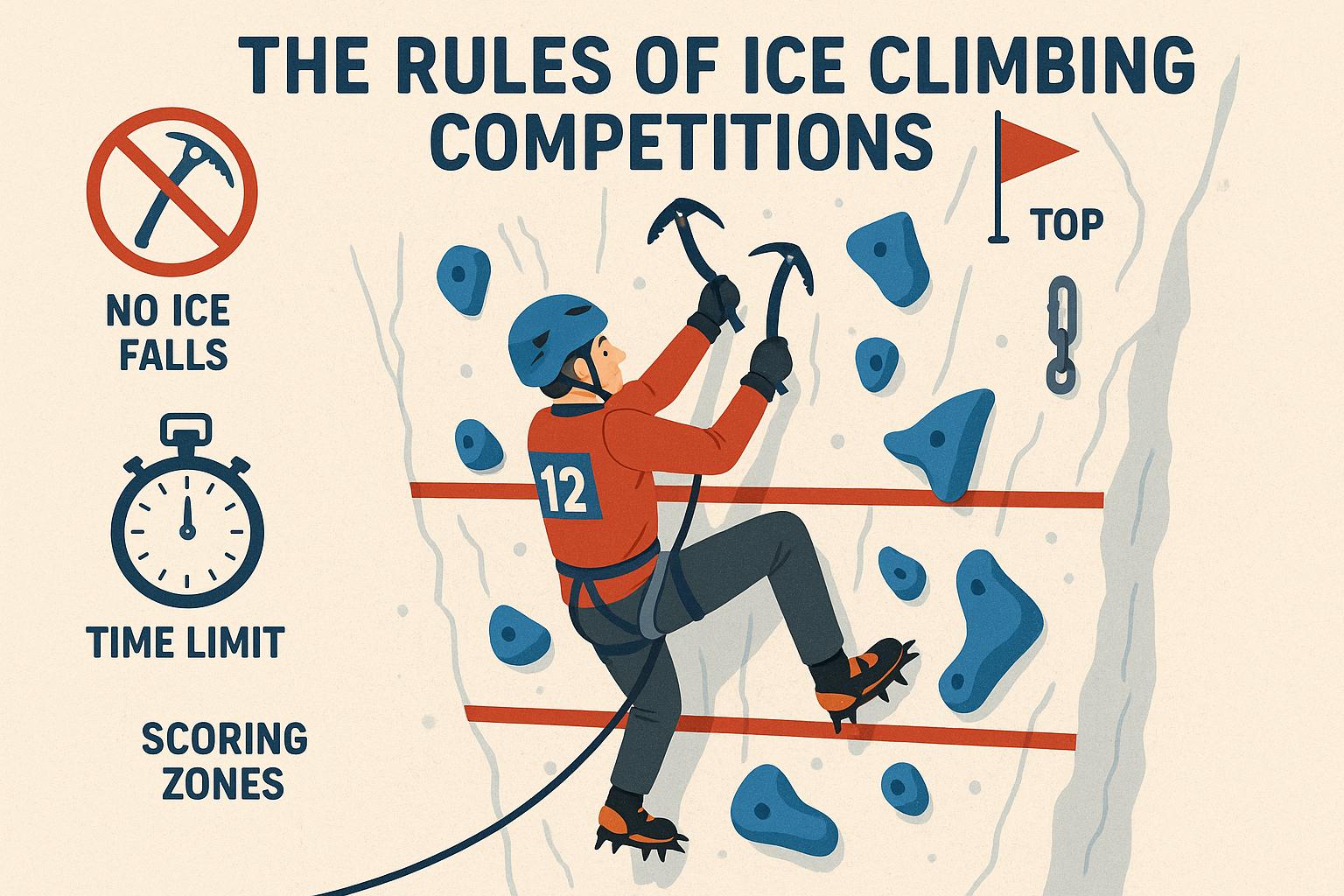Introduction to Adaptive Winter Sports
The field of adaptive winter sports has experienced significant growth over the past decade, offering inclusive opportunities for individuals with disabilities to engage in various winter sports activities. The increasing availability of adaptive equipment and the development of specialized training programs have made these sports accessible to a broader audience.
The Evolution of Adaptive Equipment
Technological advancements have played a crucial role in the rise of adaptive winter sports. Specialized equipment has been developed to cater to different needs, allowing athletes to participate in sports such as skiing, snowboarding, and ice skating. For instance, sit-skis enable individuals with lower limb impairments to ski independently, while adaptive snowboards with custom footplates provide support for those with balance challenges.
Advancements in Skiing
The introduction of mono-skis and bi-skis has revolutionized skiing for individuals with disabilities. Mono-skis, designed for people with lower limb disabilities, consist of a seat mounted on a single ski, allowing for both seated skiing and advanced maneuvers. Meanwhile, bi-skis offer greater stability with two skis, making them suitable for beginners. These innovations have opened the doors to anyone eager to glide down snowy slopes, regardless of their physical limitations, enhancing the skiing experience and enabling participants to reach levels of expertise comparable to able-bodied skiers.
In addition to skis, there are other aids such as outriggers that serve as poles with mini skis attached, providing stability and support. These have been integral in giving more control to the skier. For individuals who need full-body support, adapted harnesses can offer security and facilitate guided movements by an instructor or a skiing partner.
Adaptive Snowboarding Techniques
Adaptive snowboarding has made significant strides with equipment tailored to diverse requirements. Modifications often include assistive outriggers and advanced seating systems. These adaptations not only enable participation but also enhance the safety and comfort of athletes, ensuring that snowboarding can be enjoyed by a wider array of participants. Custom-made boards accommodate the specific posture and balance needs of the participant, allowing those with physical impairments to experience the thrill of snowboarding.
For athletes with upper body disabilities or those who cannot stand, specialized adaptive snowboards can be equipped with features such as seated frames. This helps in maintaining an upright position while cruising down the hill. The rich variety of adaptive gear and techniques available today symbolizes the inventive spirit driving the adaptive sports field.
Training Programs and Support
The increase in adaptive winter sports is supported by organizations worldwide that provide training and resources for athletes with disabilities. Many winter sport resorts now offer specialized programs and adaptive lessons, ensuring that athletes of all abilities can learn and develop their skills in a supportive environment. Such initiatives are vital in cultivating a culture of inclusion and accessibility in winter sports.
Role of Non-Profit Organizations
Non-profit organizations are pivotal in advancing adaptive winter sports, offering a range of services—from equipment rental to specialized training sessions. These organizations often collaborate with sporting bodies to organize events and competitions, further promoting inclusivity and awareness. Their role extends beyond merely providing physical resources; they are community builders, offering support and education to raise awareness about adaptive sports. Non-profits also engage in advocacy, striving to make sports arenas and programs more disability-friendly.
Training Camps and Clinics
Training camps and clinics tailored for adaptive sports enthusiasts have become more prevalent. These events provide a platform for athletes to learn from experienced coaches, engage with peers, and participate in competitive settings. Such exposure fosters both skill acquisition and community building among participants, allowing for the sharing of techniques and success stories among athletes. In competitive formats, adaptive athletes can showcase their skills, breaking barriers and proving that disability does not equate to inability.
Moreover, clinics often incorporate technological tools to assess and enhance performance, giving athletes real-time data to improve their techniques. These gatherings are not just about skills but are significant for developing camaraderie among participants, creating support networks, and empowering athletes through shared experiences.
The Impact of Adaptive Winter Sports
The rise of adaptive winter sports has had a profound impact not only on individuals’ physical well-being but also on their social inclusion and mental health. By participating in sports, individuals with disabilities can enhance their physical fitness, gain confidence, and develop a sense of community. The benefits derived from adaptive sports extend across various facets of life, significantly lifting the quality of life for participants.
Enhancing Physical and Mental Health
Adaptive sports encourage active lifestyles, leading to improvements in physical health, including increased strength, endurance, and cardiovascular fitness. The physical demands of winter sports inherently promote muscle development and coordination, which are crucial for maintaining a functional lifestyle. Additionally, the social interactions and achievements associated with sports participation positively affect mental health, offering a sense of accomplishment and belonging. Participants often report heightened self-esteem and joy in overcoming challenges inherent in these sports.
The psychological benefits are equally profound. The thrill and excitement that come from racing down a slope or mastering a new technique serve as powerful antidotes to mental stress and depression, common challenges faced by individuals with disabilities. The resultant boost in self-confidence and morale is a testament to the far-reaching impact of adaptive sports.
Promoting Diversity and Inclusion
Adaptive winter sports are instrumental in promoting diversity and inclusion within the broader sports community. These sports challenge stereotypes about disability and showcase the capabilities of athletes from all walks of life, inspiring others while fostering a more inclusive society. They stand as testimony to the notion that sports are universal, transcending physical and cultural barriers to unite people around shared experiences and goals.
By featuring diverse athletes in competitions and media, adaptive sports bring attention to the talents and resilience within the disability community. This visibility helps to alter perceptions and can lead to greater societal integration and equity. Furthermore, the participation of adaptive athletes in mainstream events symbolizes a move towards more inclusive sports culture overall.
Conclusion
The dynamic growth of adaptive winter sports is a testament to the positive changes within the sporting world. As equipment continues to advance and support networks expand, these sports promise to provide even greater opportunities for individuals with disabilities, enhancing participation and enjoyment on snowy terrains worldwide. The field holds great potential for empowering individuals, facilitating community engagement, and promoting a global sense of unity through the shared love of winter sports.
Moving forward, the onus will be on communities, organizations, and technology developers to continue driving these advancements. With ongoing collaboration and innovation, adaptive winter sports will undoubtedly play a crucial role in advocating for an inclusive world helping individuals to embrace their potential fully.




